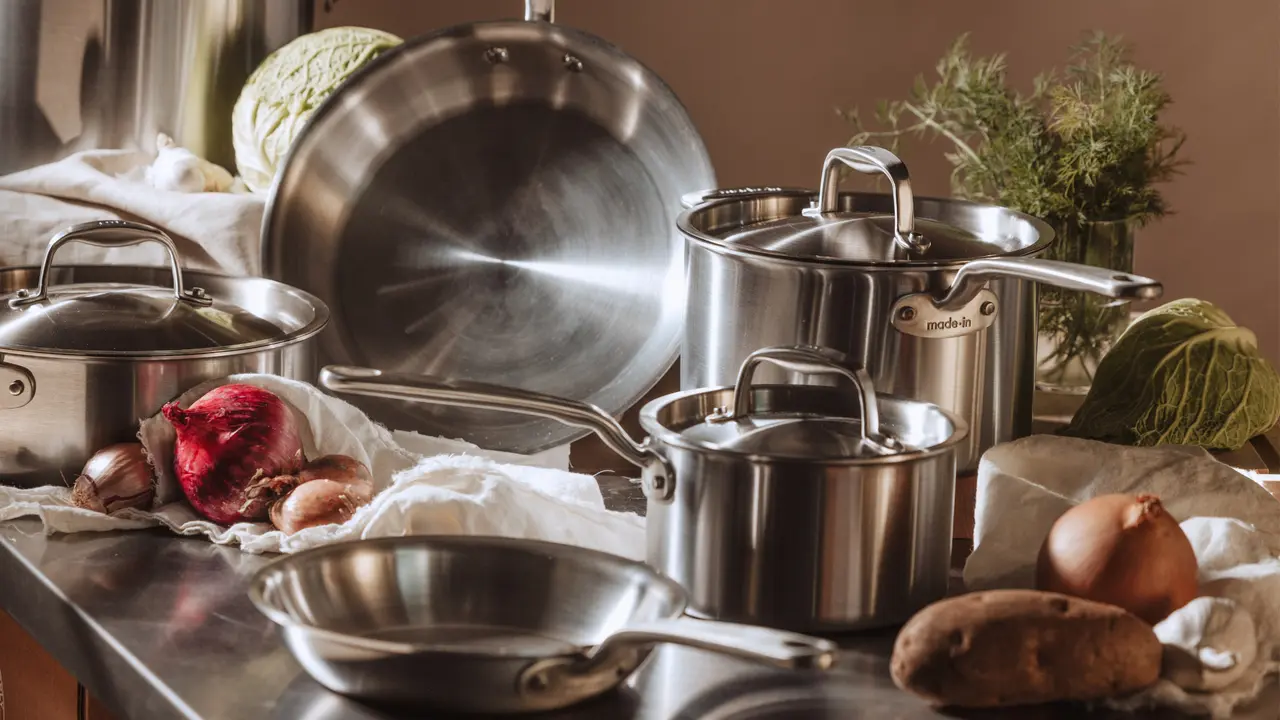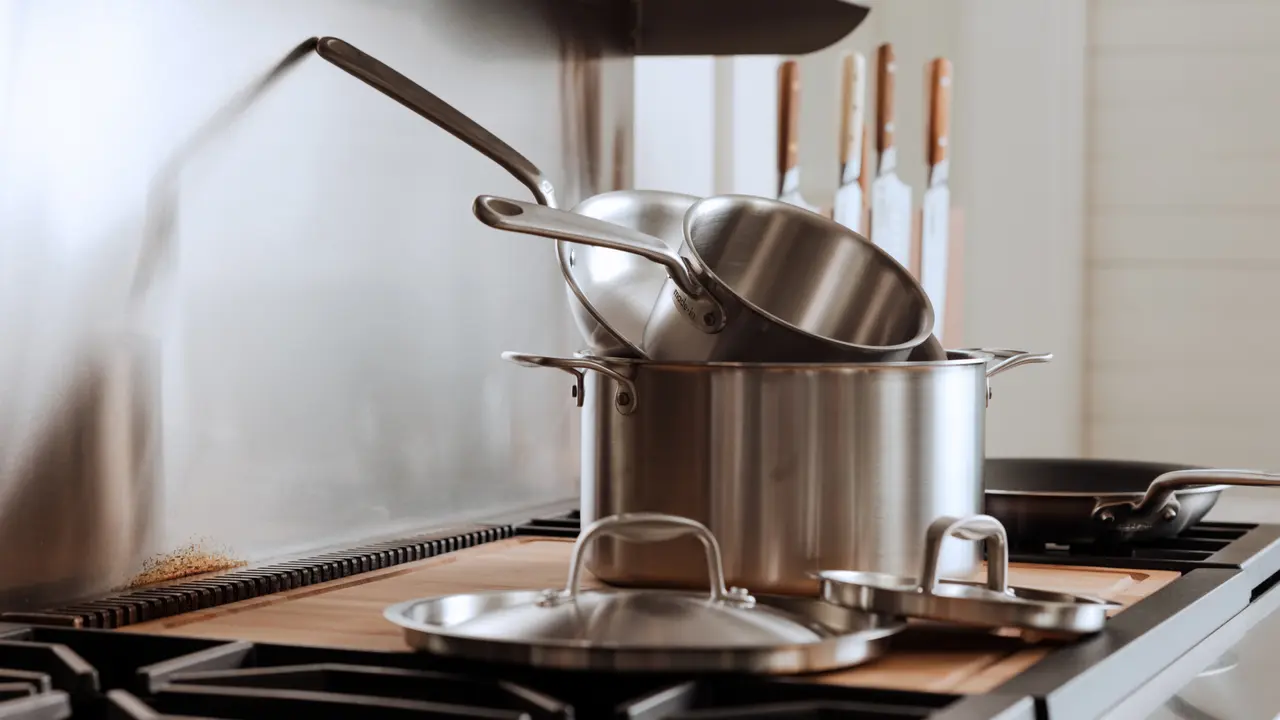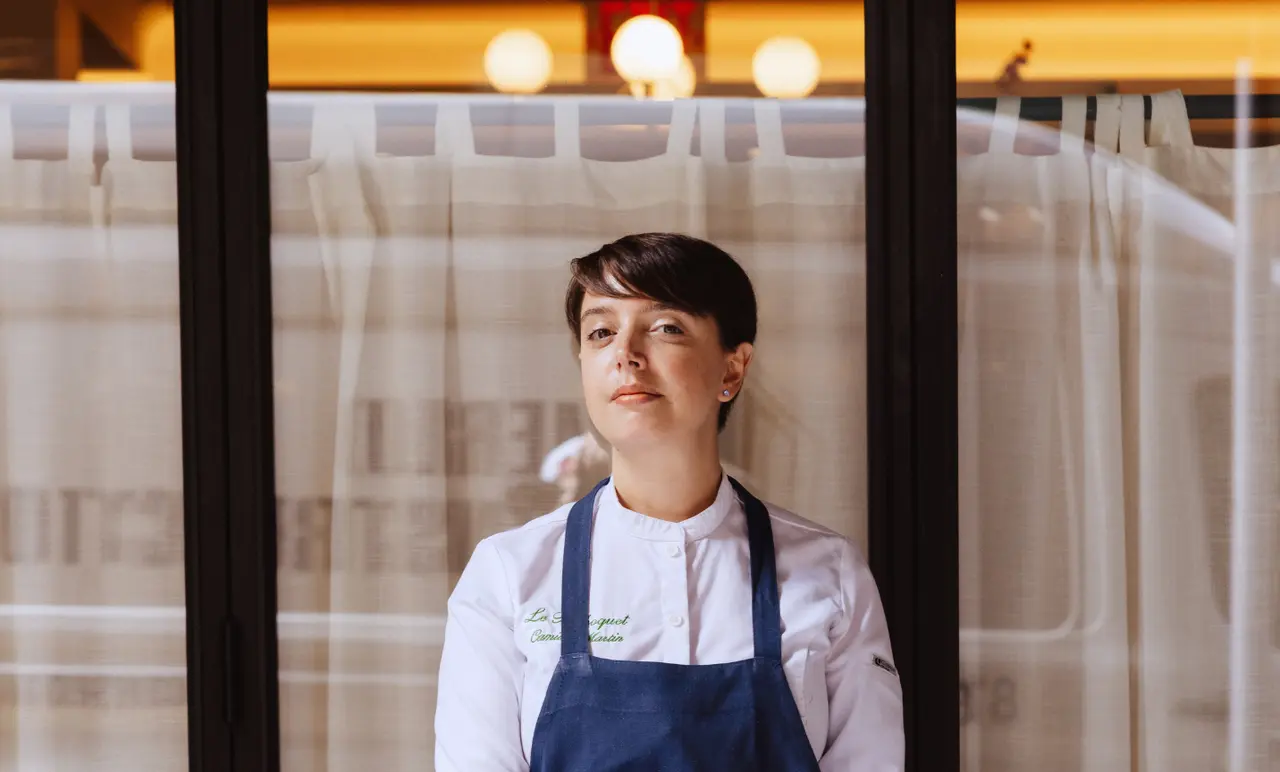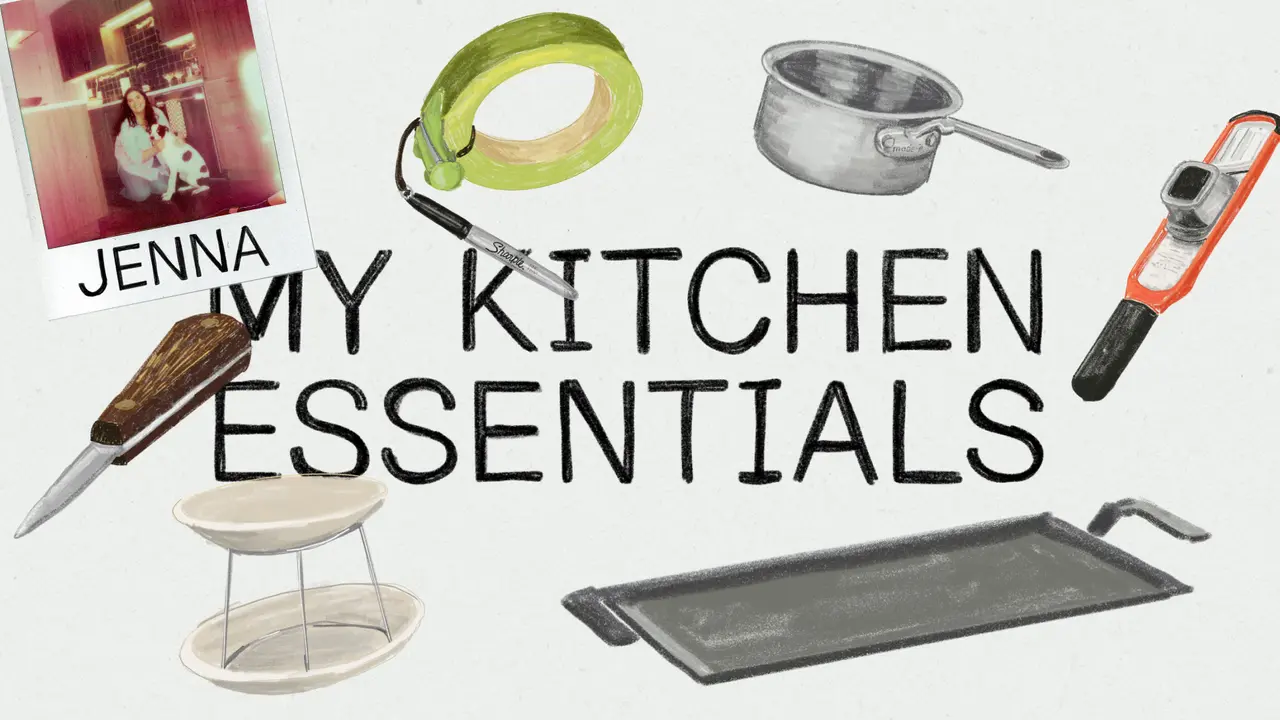There’s a reason top chefs wouldn’t be caught dead with a cheap Chinese knife set. Here’s a look at two of the world’s top locales for the finest knife products.
When looking for the cream of the cutlery crop, the search for the best knife takes us all over the world. From North America to Asia and beyond, there are countless manufacturers known for producing premium products worthy of a top chef kitchen. And with the advent of online shopping, nearly all of them are available for easy purchase. Still, this epic hunt for the ultimate ‘must-have’ knife set typically ends in one relatively small corner of the globe: Europe.
Why the West does it better
While we acknowledge that American craftsman make amazing specialty and small batch knives, France and Germany top the list when it comes to mass, global production. In particular, the cities of Solingen, Germany, and Thiers, France almost always come up when discussing the ‘best’ knives for home cooks and professional chefs alike. The culinary daggers coming out of this region boast heavy, high-quality steel, which grants the user ultimate control over their cutting tasks. The only other location that rivals Thiers and Solingen would have to be Seki City in Japan. However, like the light, nimble craftsmanship of the samurai sword, Japanese knife sets tend to be much lighter, thinner, and thus sharper. In our opinion, this makes the European model an all-around more versatile, durable product for beginners.
After all, most of us aren’t aiming for precision sushi cuts on a Wednesday night. What we want is a knife capable of handling a variety of cutting, chopping, dicing and slicing tasks—no extraordinary skills required.
What makes a Solingen knife so special?
Donned ‘The City of Blades,’ Solingen, Germany is renowned for their storied manufacturing history including the export of fine knives, scissors, razors, swords, and other weaponry. Going as far back as the medieval era, the city’s current reputation rests on their knives’ superior durability.
How are Solingen knives selling?
Although it’s impossible to know exactly how many knives the country sells a year, we can come close by looking at some of the specific brands that have risen to the top of the consumer charts. Böker Knives, manufactured and shipped from Solingen, Germany (and other strategically placed global factories), has been selling kitchen cutlery, tactical knives and similar bladed products for nearly 150 years, although they have roots as far back as the 17th century.
The company does an annual revenue of US$30 million. Do the math, apply it to Solingen’s other manufacturers, and the results are pretty stellar.
What about Thiers?
Dating back to the Medieval period somewhere between the 13th and 15th centuries, the tiny town of Thiers, France began crafting the fine chef knives and pocketknives they are celebrated for today. The locale’s skillful guild of local craftsmen has since ballooned into 200+ family-owned coutelleries, making Thiers the unofficial ‘Cutlery Capital of France.’
In fact, knife makers all over the world used the chef knife shape from Thiers as the basis for their chef knives. Today, even chef knives from Solingen resemble the shape that was originally crafted in Thiers.
Take a stroll through the quaint little village of Thiers, and you’ll see storefront after storefront proudly continuing the region’s rich knife-making history.
How are French sales faring?
As people all over the world swear by French-made kitchen utensils, Thiers (located in the Auvergne region) produces more than 60% of all French knives, which is quite a feat. Their unique ‘single’ style of forging is used by a number of global manufacturers today, including the high-end products of K Sabatier, whose name you may recognize.
To put things in perspective, the total French cutlery market did in excess of US$200 million just a few short years ago, which means the numbers are even higher now. The country’s presence in the high-end market has blossomed in recent years, with products known for:
- Full-Forged Knives - Knife forging is the process of heating and hammering out a knife from a single rod of steel. Forging makes steel stronger. The shaping of the steel molecules during the forging process results in a blade that is less flexible, and as a result, these knives keep an edge for longer. Thiers prides themselves on this forging technique.
- Nitrogen Treatment - Traditionally, in order to get a harder metal, which results in a longer lasting, sharp blade, you have to add additional carbon to the metal. Additional carbon strengths the metal; however, it can become impossible to clean (you often see Japanese knives with a high carbon content that turn black after a few uses and require a stone to polish off the rust). During the raw material process, the French often add nitrogen to their stainless steel, which hardens the blade, without having the cleaning difficulties of additional carbon. The best of both worlds.
- Steel – Tempered French stainless steel is incredibly hard and durable, while still boasting a razor sharp edge thanks to an aggressive grounding process.
So, which is better: Solingen or Thiers?
Photo Credit: Food & Wine Magazine
In reality, every chef is different. Your fingers are unique. Your skills and habits are distinctive. And your cutting mentality is informed by so many other issues—including barking dogs, screaming kids, and distracting dinner guests. So the question of ‘which is better’ ultimate rests on you.
Make the most of your Made In accessories with more recipes and musings coming soon. In the meantime, make sure you're stocked with the 5 essential tools in every French kitchen.





















